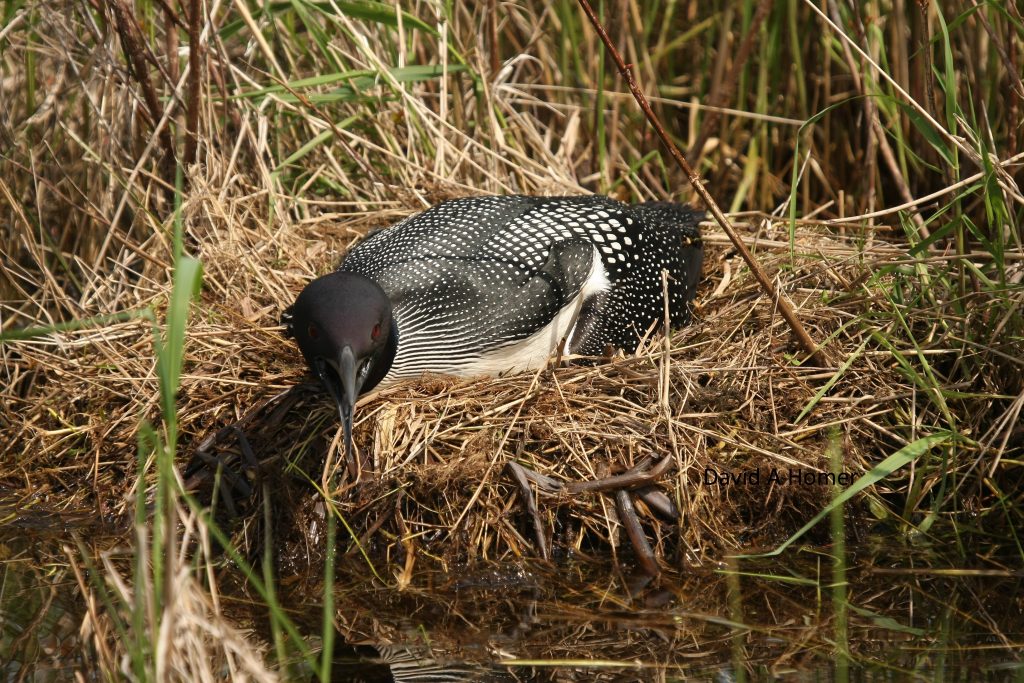During one of the very few really hot days we had this summer, a lady asked me how birds keep cool during those conditions.They have a number of methods of beating the heat.
Birds have a much higher body temperature than most animals at about 40 degrees Celsius, which means that they don’t feel the heat as badly as we do with a lower body temperature. They also have a rapid respiration rate enabling them to dissipate heat while breathing normally.
We do have a great advantage over birds however as we can sweat. Birds have no sweat glands, so the primary way of dissipating excessive heat is by panting, just like a dog. If you see a bird during the hottest part of the day, it will likely have its mouth open. You may or not see that their throat is moving up and down, ridding heat from their body through the open bill.
Skin free of feathers on the face, legs and toes also provides for heat loss.
Another method they employ is to spread their wings and body feathers which allows heat to dispel and cool air to circulate between them.
Birds are smart. To minimize working in the heat, they tend to do all of their hard work, especially on very hot days, in the very early morning or after the sun has gone down in the evening. That is why birders tend to be early morning people.
When we built our home many years ago, we designed our bedroom with a very large window placed low to the floor in order to see our entire back yard and the lake from our bed. I see most of my daily quota of birds a little after the first hint of morning light in the summer, while my head is still on the pillow. I guess you could call me a lazy birder!
ABOUT US:
The Couchiching Conservancy is a non-profit, non-government charity dedicated to protecting nature for future generations. Our work is made possible by members, donors and volunteers. Please keep in touch to learn about our vital work in the Lake Couchiching & Lake Simcoe region!
Birds also search out shaded resting spots during the high sun- not unlike us! Most birds build their nests in shade trees or low lying shrubs. This accounts for why you don’t see many birds during the daylight hours.
 Birds also search out a water supplies for drinking and bathing. Another good reason to have a bird bath in a shaded area of your garden.
Birds also search out a water supplies for drinking and bathing. Another good reason to have a bird bath in a shaded area of your garden.
Some birds however do not build nests in shaded areas. Many shorebirds, gulls and loons for example nest out in the open and suffer the heat when the temperature rises.
The image of this loon was taken with a long telephoto lens during extremely high temperatures in June 2016 from my boat. I was a considerable distance from it at the time, so the bird was is no way anxious or concerned about my presence. It was scorching hot and the nest was totally in the open with no shade whatsoever. All this expectant parent could do was to pant, keep low and hope its mate would return soon to relieve it of its incubating duties for a time!
Fortunately we have not had many extremely hot days this year, for the birds or for us. But today is rather uncomfortable, I think I will turn on the air conditioning.
David A. Homer is a volunteer with The Couchiching Conservancy, a non-profit land trust dedicated to protect nature (including bird habitat) for future generations.

